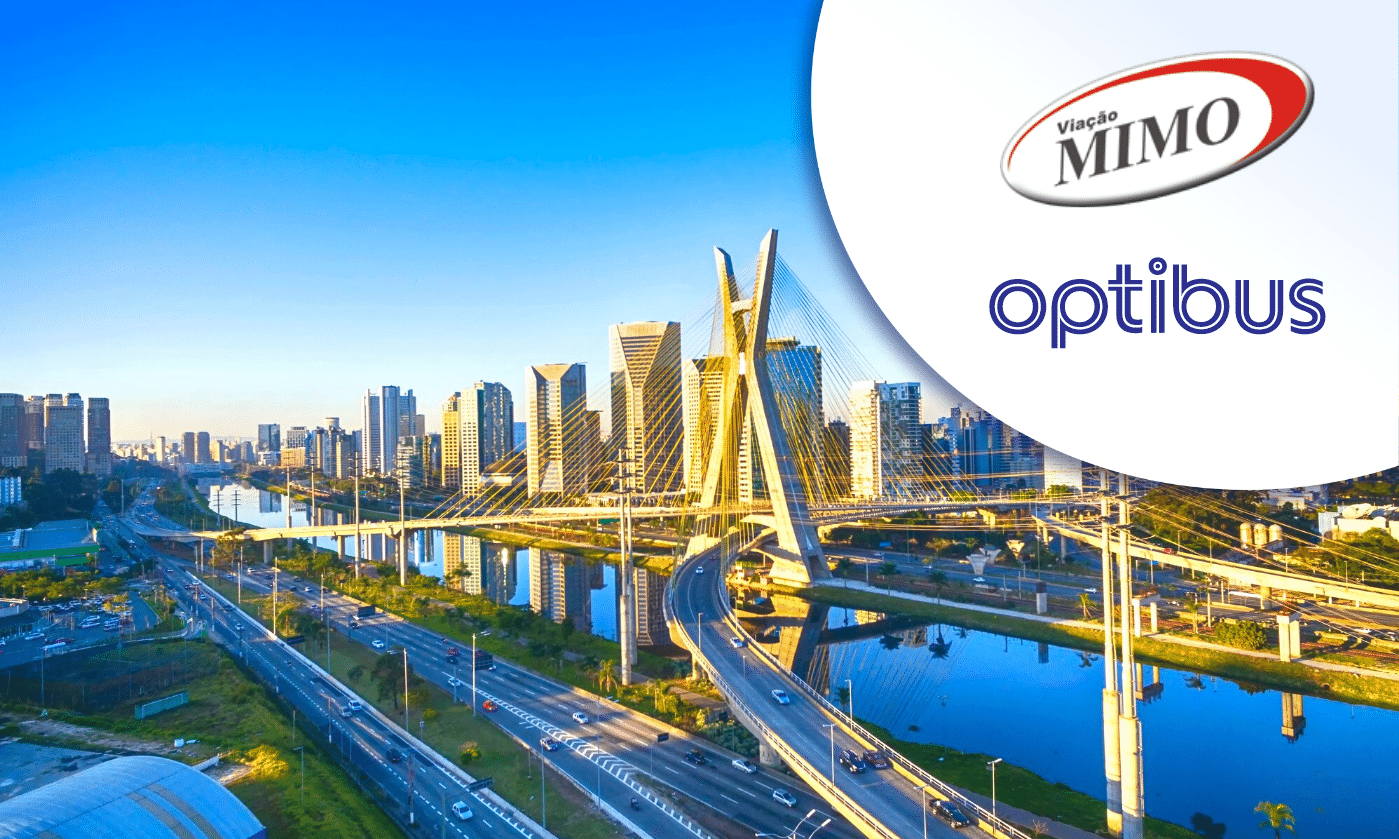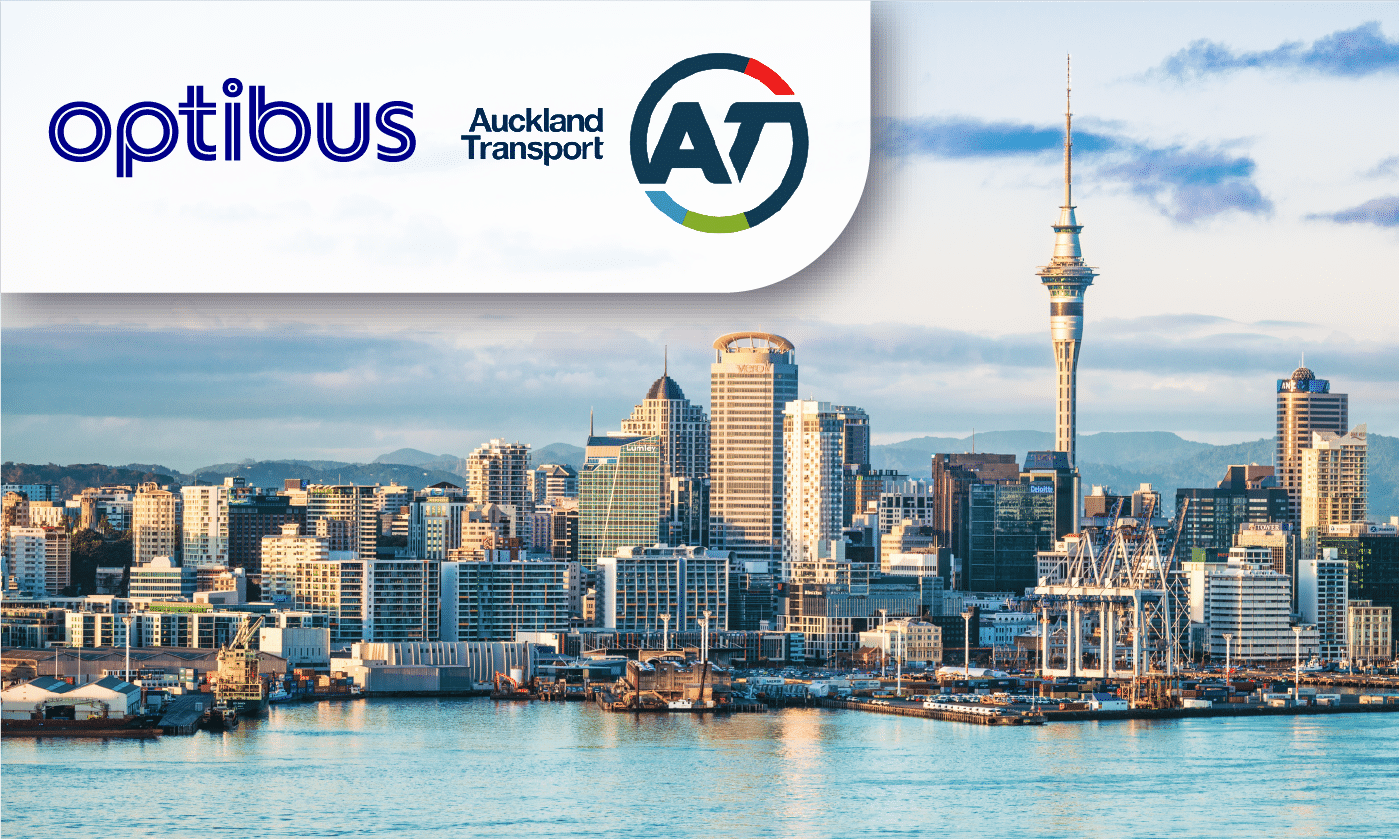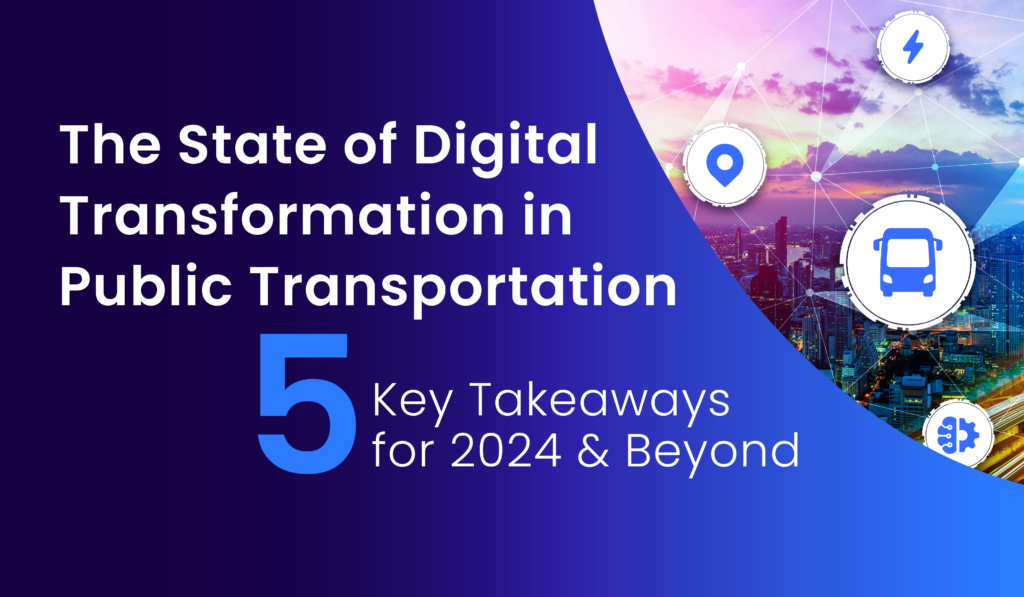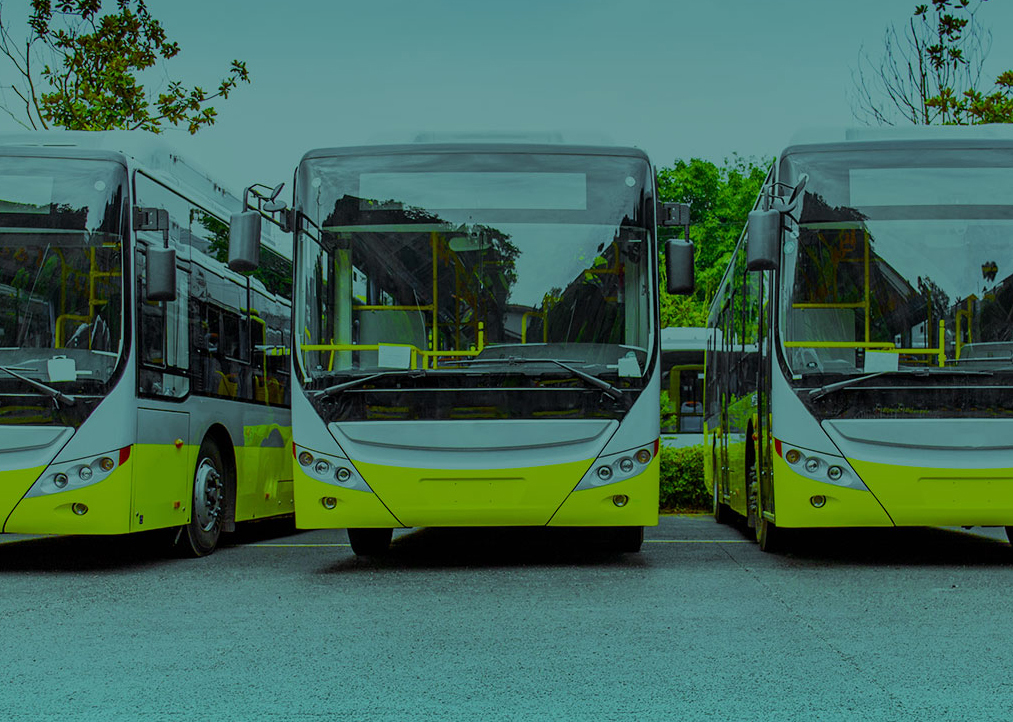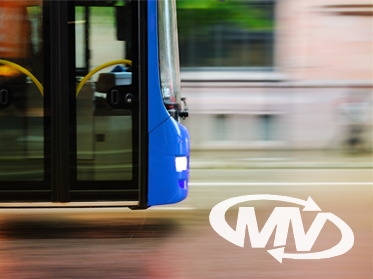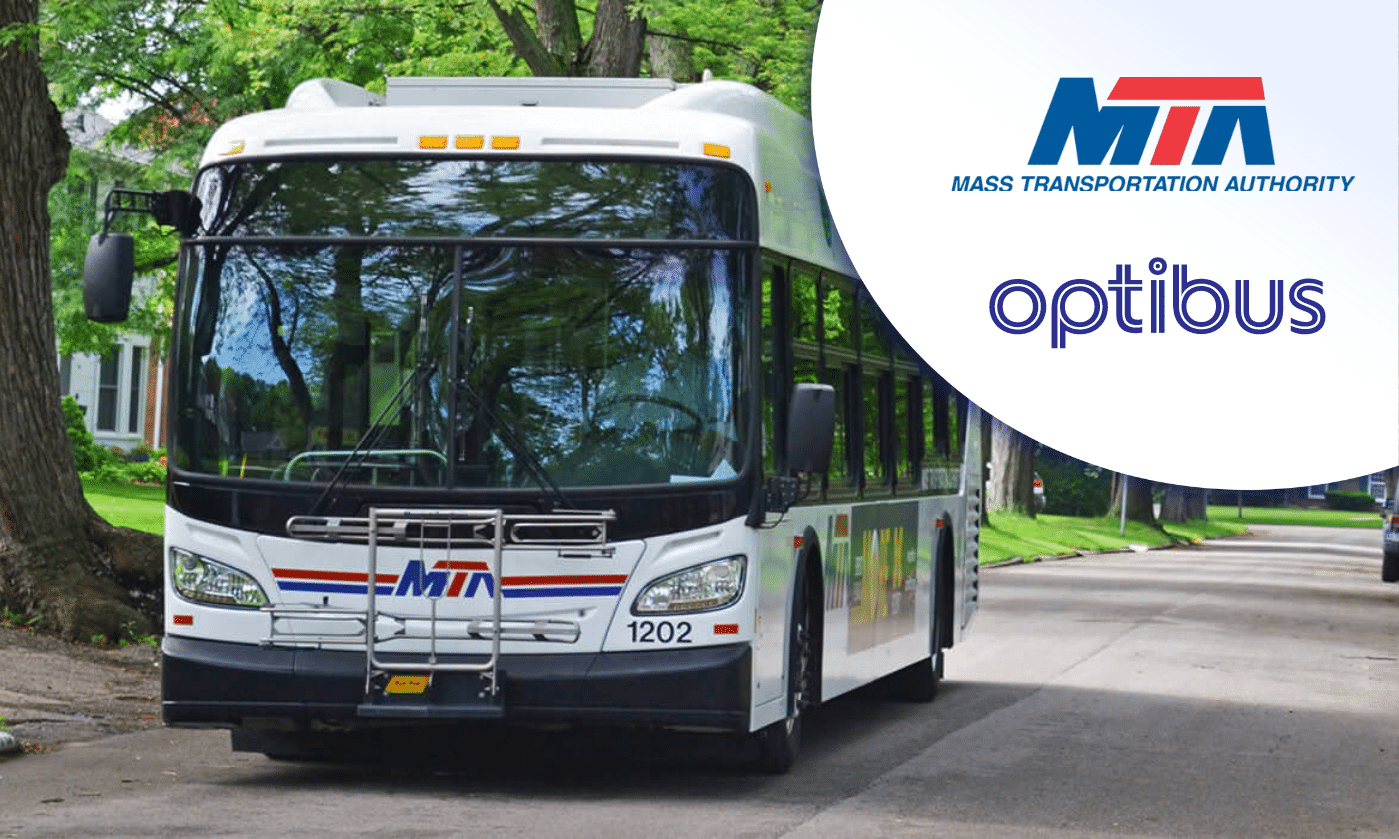How fixed-route operations platforms enable better shuttle services and save costs
Shuttle operations need to be tightly managed, whether for employee shuttles, airport shuttles or any other form of transportation. Good shifts and rosters can improve driver retention, cost reduction and passenger service. In short, operations need to be efficient and effective, and supported by the right technology.
While some shuttle operations are run using spreadsheets or pen and paper, shuttle operators can take advantage of the emergence of next-generation planning and scheduling platforms for fixed-route operations.Â
The following are eight things shuttle operators need to know in order to use these innovative platforms to benefit shuttle operations:
1. Scheduling shuttle services is a lot like scheduling fixed-route services
Shuttle operations are very similar to public transit, in that both forms of transportation pick up passengers at specific points along a specific route at specific times. Passengers expect a reliable, timely, comfortable, and safe trip from A to B.
To provide this, shuttle operators, just like public transit operators, need to plan a route with stops and a timetable (or headway system), determine the fleet size and type, and assign vehicles to trips and drivers to vehicles. And just as fixed-route operations harness technology to improve operations, shuttle operators can do the same. This will lead to improved on-time performance and improved rider experience.
Modern end-to-end planning and scheduling platforms can assist in every step of the process, from planning to timetables to vehicle and crew scheduling to rostering, with a user-friendly interface that is easy to learn, showing the planner/scheduler all relevant business metrics at each stage of the process.
2. The more vehicles you have, the greater the need for technology
When should you move from manual or spreadsheet-based scheduling to advanced technology? There’s a simple rule for that: The more vehicles you have, the more complex the scheduling will be and the less likely you are to reach optimal results with manual efforts.
So is there a magic number? Well, if you’re looking for a rule of thumb, 30 vehicles is the tipping point where you’d be better off using technology.
With 30 vehicles or more, there are countless options that need to be considered. Since optimal results require running several operational scenarios and understanding their results using key performance indicators (such as paid time, costs and split shifts), human schedulers need technology if they are to select the best operating scenario. When sites operate in different states and require compliance with different state regulations, a scheduling platform that allows for the easy expression of rules and preferences becomes even handier.
Using a next-generation planning and scheduling platform will significantly reduce the amount of time it takes to create the different scenarios and choose the best one. With potential savings of 5%-15%, this isn’t a theoretical process – it has a real impact on the bottom line.
3. Artificial intelligence can help you comply with SLAs for shuttle service
Most shuttle service contracts have a service level agreement (SLA) associated with them. Complying with SLAs is important, to avoid penalties and ensure future contract renewals.
Good schedules help operators comply with SLAs and understand the costs associated with improving their on-time performance metrics.
Using artificial intelligence, modern planning and scheduling systems can predict the likelihood that each trip will be on time. Once a threshold is set for on-time performance, the platform makes automatic scheduling suggestions to improve on-time performance while keeping costs low.
4. Up-to-date technology makes route planning simpler
Imagine that planning routes for shuttle services were as simple as planning a road trip with the assistance of visual tools and up-to-date maps. Now imagine that the process of route creation, for tenders, seasonal changes and more, could be integrated with timetables. There you have it; that’s exactly what next-generation scheduling and planning systems do.
Next-generation platforms support simple visual route creation and quick timetable creation. Routes and timetables are then validated, to make sure they adhere to the rules and preferences in the system, and the data is transferred into the scheduling module.
High-quality route-planning software is visual, seamless and precise, using maps, satellite images, street-level photos and route data visualization, and it integrates with the timetable.
5. Headway systems aren’t necessarily best
Addressing service frequency can be done using either one of two strategies: managing headway (the time between shuttles) or setting a timetable (as with a public bus service). Some shuttle operations, such as employee shuttles, operate using a timetable. Others use the headway system, such as an airport shuttle that arrives at certain stops every 10 minutes.
But even if the headway system can be convenient, it’s not always best.
In some cases, using a set schedule instead of the headway system can be a great strategy to improve passenger satisfaction and shuttle reliability, both of which are factors in growing ridership.
Publishing timetables contribute to an overall experience of reliability by giving passengers the certainty it is worth waiting for the shuttle because they know it will come at a given time.
In addition to improving rider experience and potentially increasing shuttle use, a timetable-based system can also make it easier to spot inefficiencies, potentially enabling greater savings.
6. Efficient scheduling tools can help you submit the winning bid
Bidding for a tender requires coming up with many scenarios in a short period of time, comparing them based on business metrics and picking the best one. Often, tenders are the only way to win new business. Yet inefficient scheduling tools make this process too long and inaccurate. In addition, the inability to optimize can lead to bids that are too high or too low, posing a real risk of losing money.
Next-generation planning and scheduling platforms help you submit accurate and optimized tender responses in a fraction of the time. Different scenarios can be generated and evaluated in days instead of weeks, with the advanced algorithms behind the scenes modeling the service.
Using a next-generation platform, planners are able to easily determine price per revenue hour, estimate the number of vehicles and the number of drivers required to operate the schedule, determine the profit margin, and estimate the impact on costs and profit while complying with the different rules required.
7. Optimizing driver rosters saves money
Even when there isn’t much scheduling work (such as an airport or campus shuttle that operates in loops, uses the headway system and offers the same service all day), optimizing rosters is a golden opportunity to save costs.
low-quality rosters can lead either to an undersupply of drivers with a need to hire part-time drivers, or an oversupply of drivers with too much idle time, both implicating a loss of business a 2011 article on driver rostering in the journal Engineering Letters found. The overall objective is to meet daily staffing requirements at minimum penalty without violating work contracts and government regulations.
The objective hasn’t changed much since then, but the methods of generating rosters have improved significantly.
Drivers/operators are subject to labor and union regulations and prefer a schedule that promises better shifts and rosters (minimizing split shifts, enabling downtime and more). They are also entitled, under certain conditions, to premium pay for overtime, spread time, splits, etc.
All these are essentially rules and preferences that can be easily expressed by any scheduler (no programming required) in modern scheduling platforms, with resulting optimizations that reflect considerable savings as well as fully compliant schedules with no rule violations (since modern platforms alert schedulers where and when a rule is violated). Managing these elements can give drivers reasons to stay as well as allow better control over labor expenses.
8. Better driver schedules can improve retention rates
Driver retention is a major concern, and one way to improve retention is to improve driver work quality. There’s an industry-wide labor shortage, CityLab reported in 2018, and it is affecting passengers by straining service.
One way to improve driver work quality, and ultimately retention rates, is to use next-generation planning and scheduling platforms to create schedules that meet all the necessary rules and regulations, yet avoid unnecessary split shifts and other duties that make work difficult for drivers.
Using these platforms, it is easier to group different drivers according to their tenure and offer them fewer split shifts and driver changeovers, and overall better rosters.
Next-generation planning and scheduling platforms allow schedulers and planners to easily set rules and constraints related to weekly route familiarity, day-off patterns, overtime, guaranteed work time, rest time between shifts and more. In this way you can comply with labor regulations, control costs and retain drivers by providing them with better working conditions.
Summary
Planning for shuttle services can definitely benefit from the evolution of planning for mass transit. Utilizing the same advanced technological platforms as the backbone of operations can prove beneficial to shuttle operators of any size. Advanced planning and scheduling platforms offer a comprehensive work environment that can take the scheduler from route planning to timetables to vehicle and crew scheduling and all the way to rostering, offering a nimble, scalable operation that can easily be deployed at multiple sites or used to win new business through tenders.

